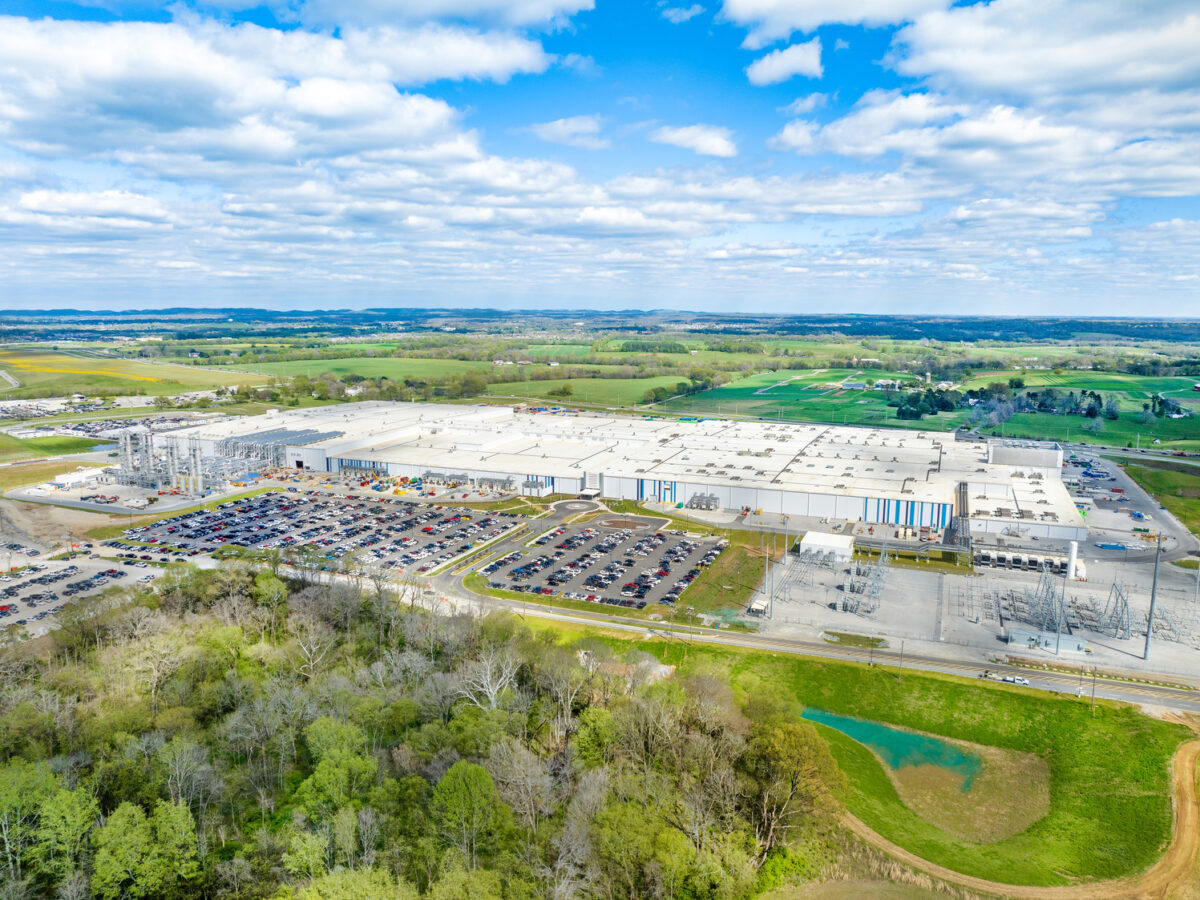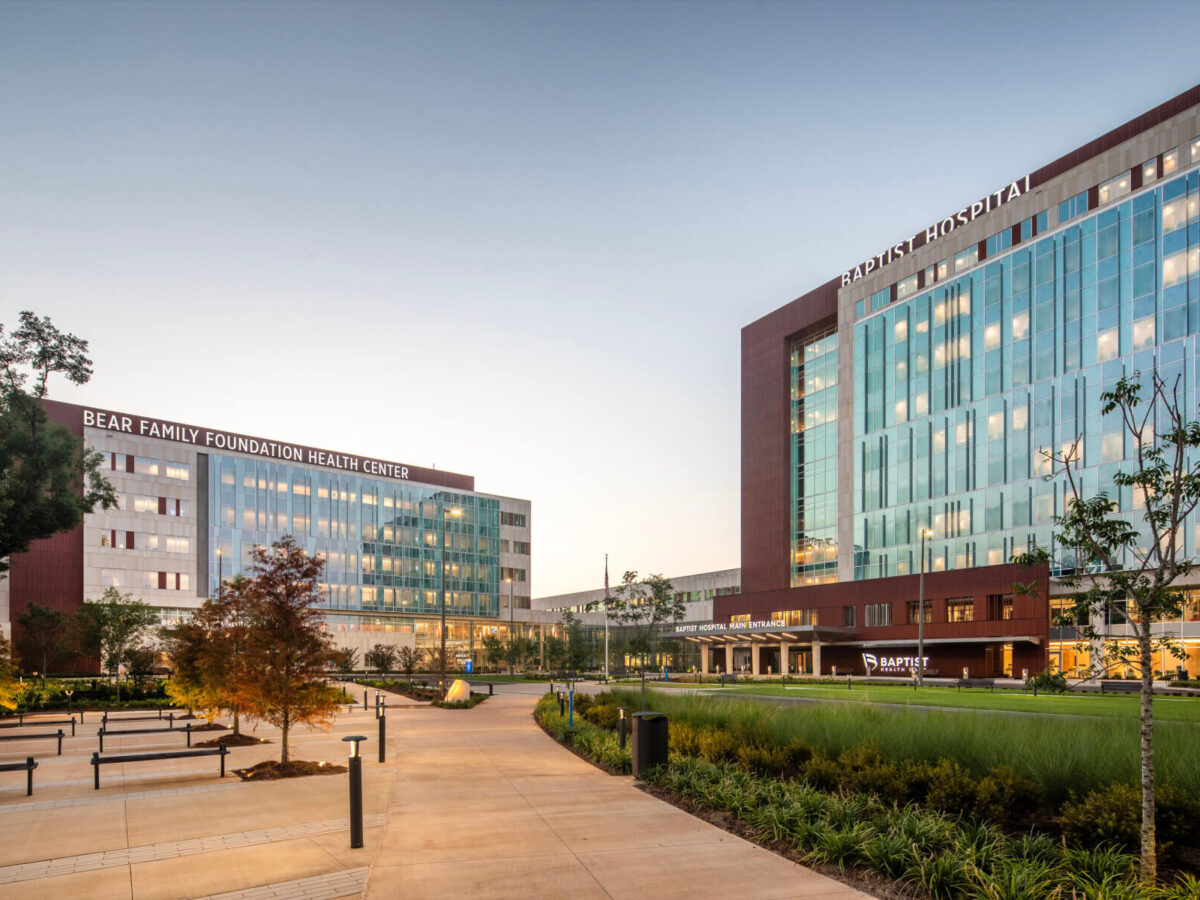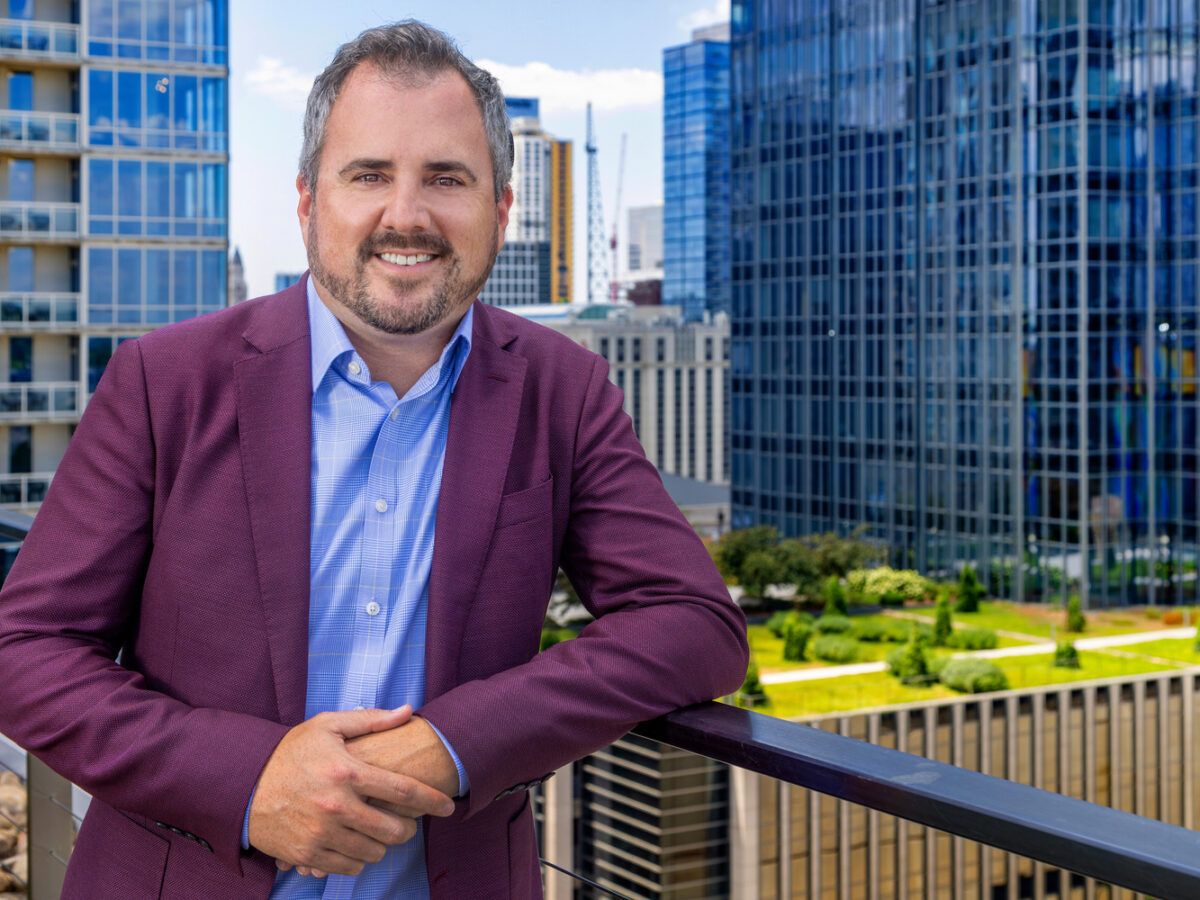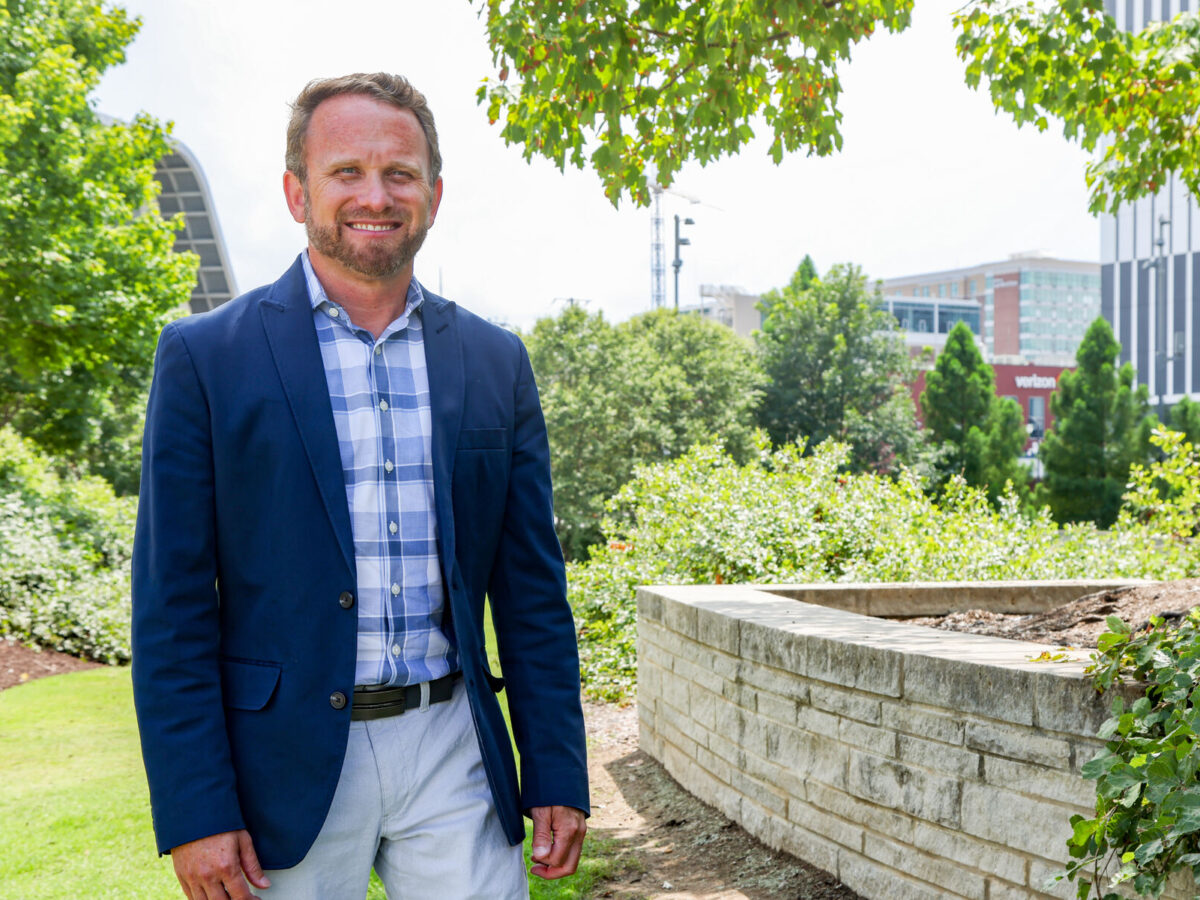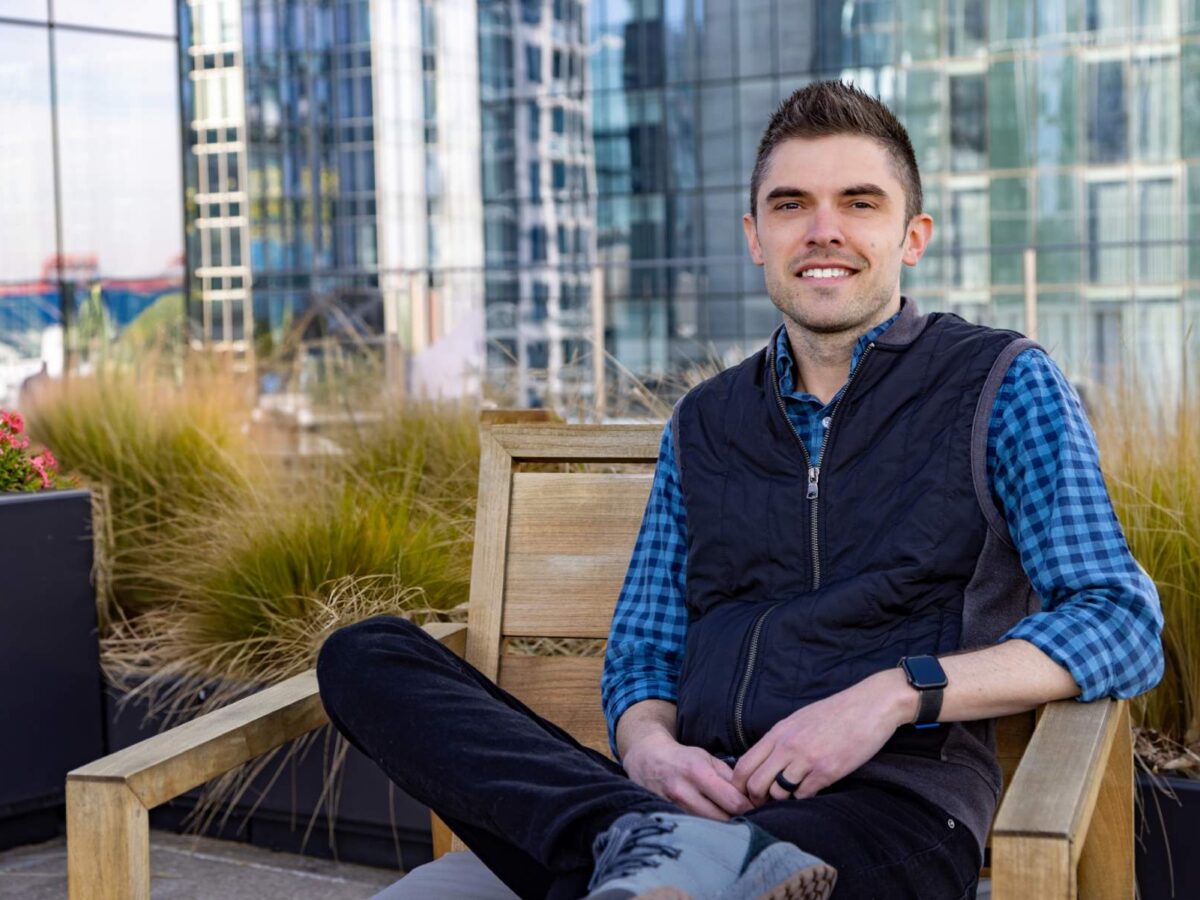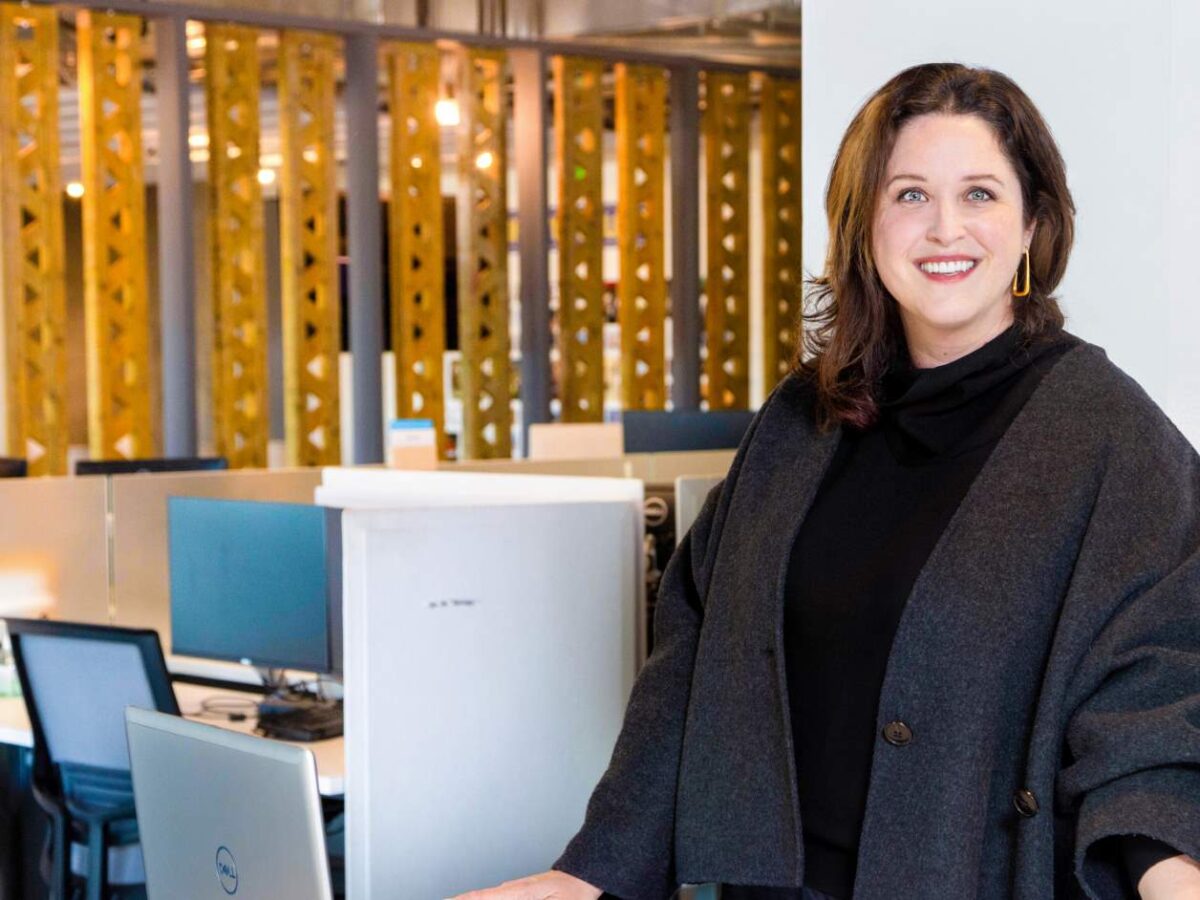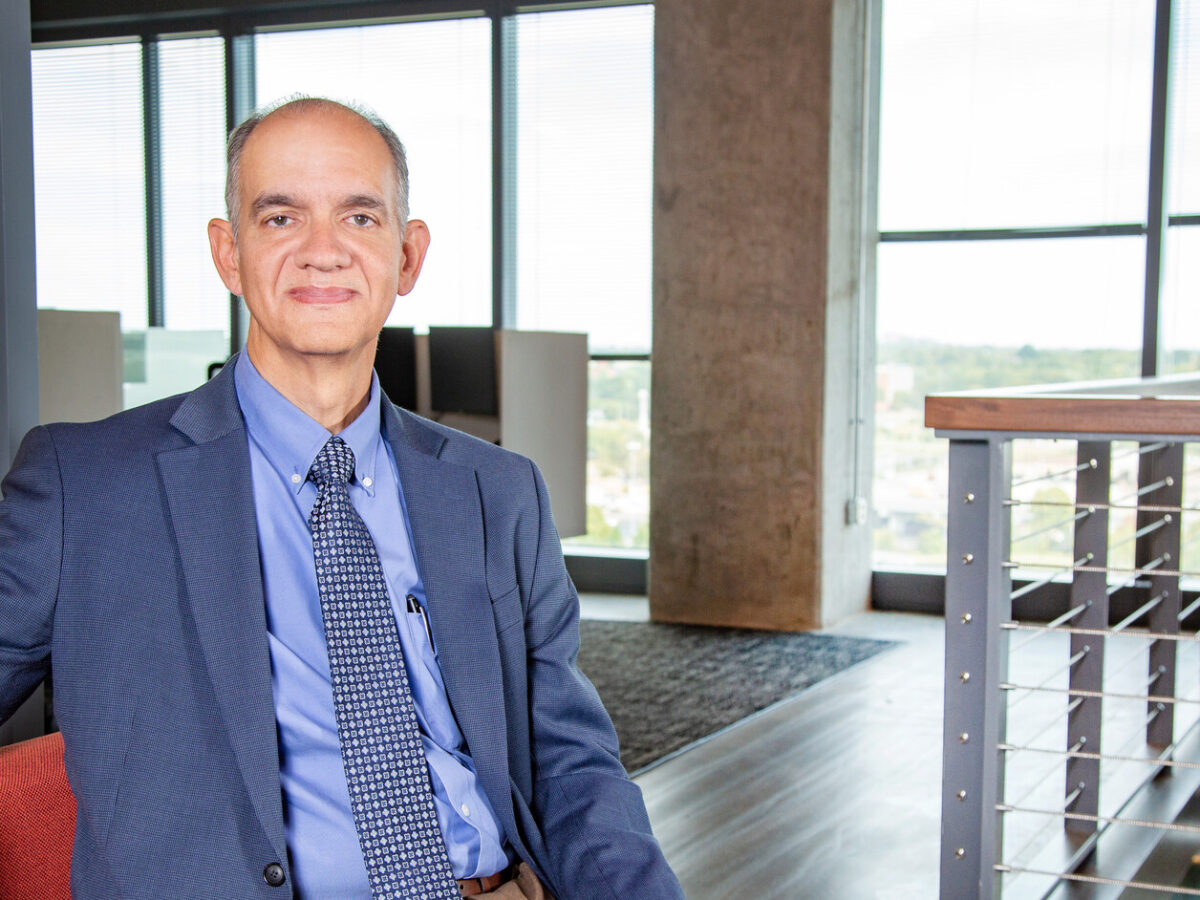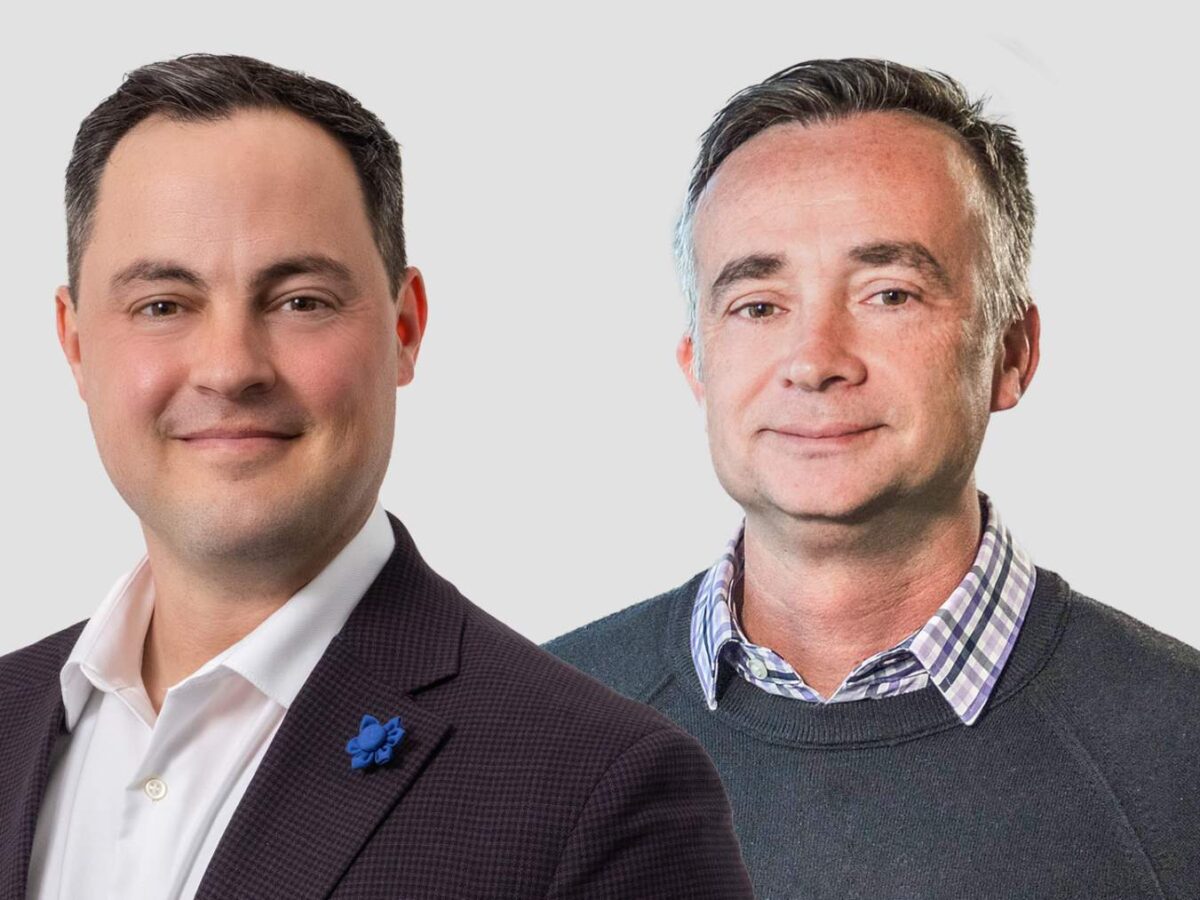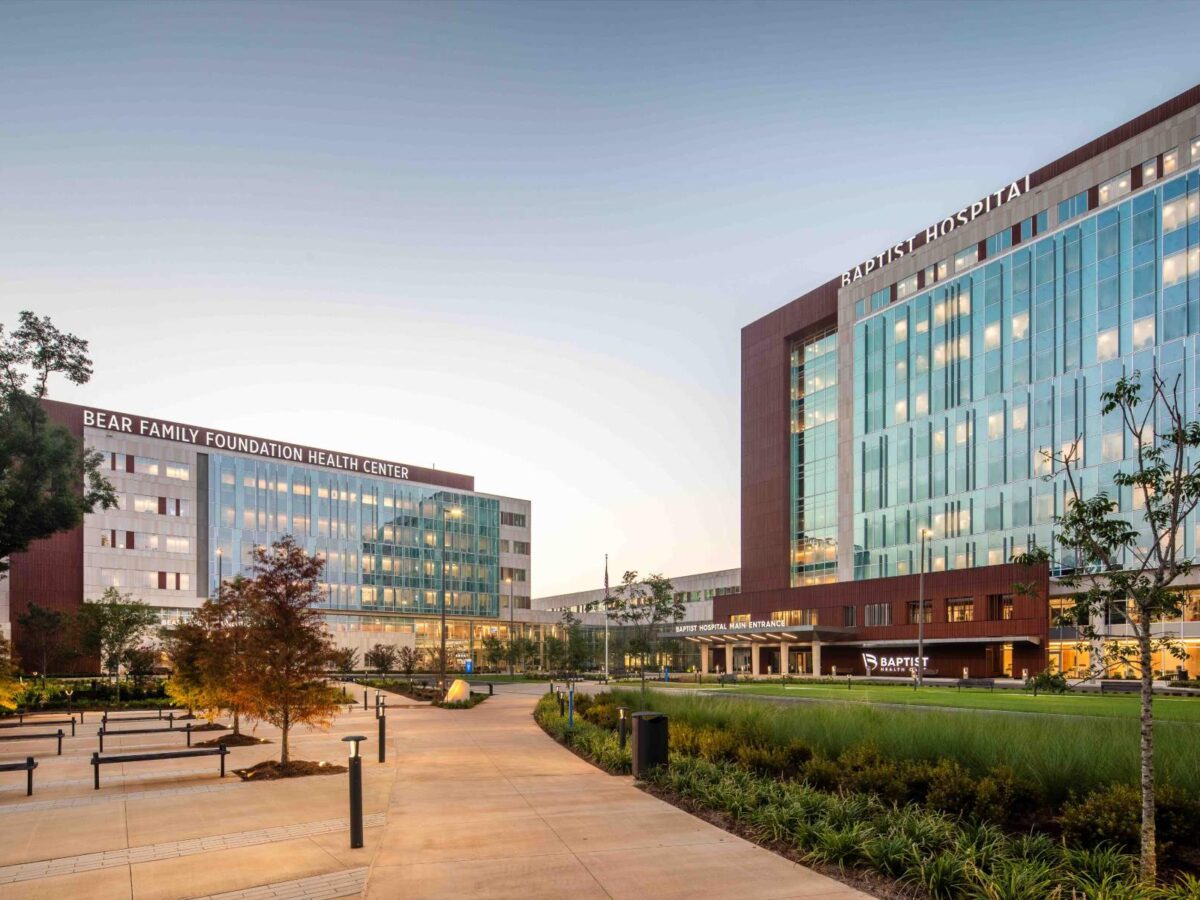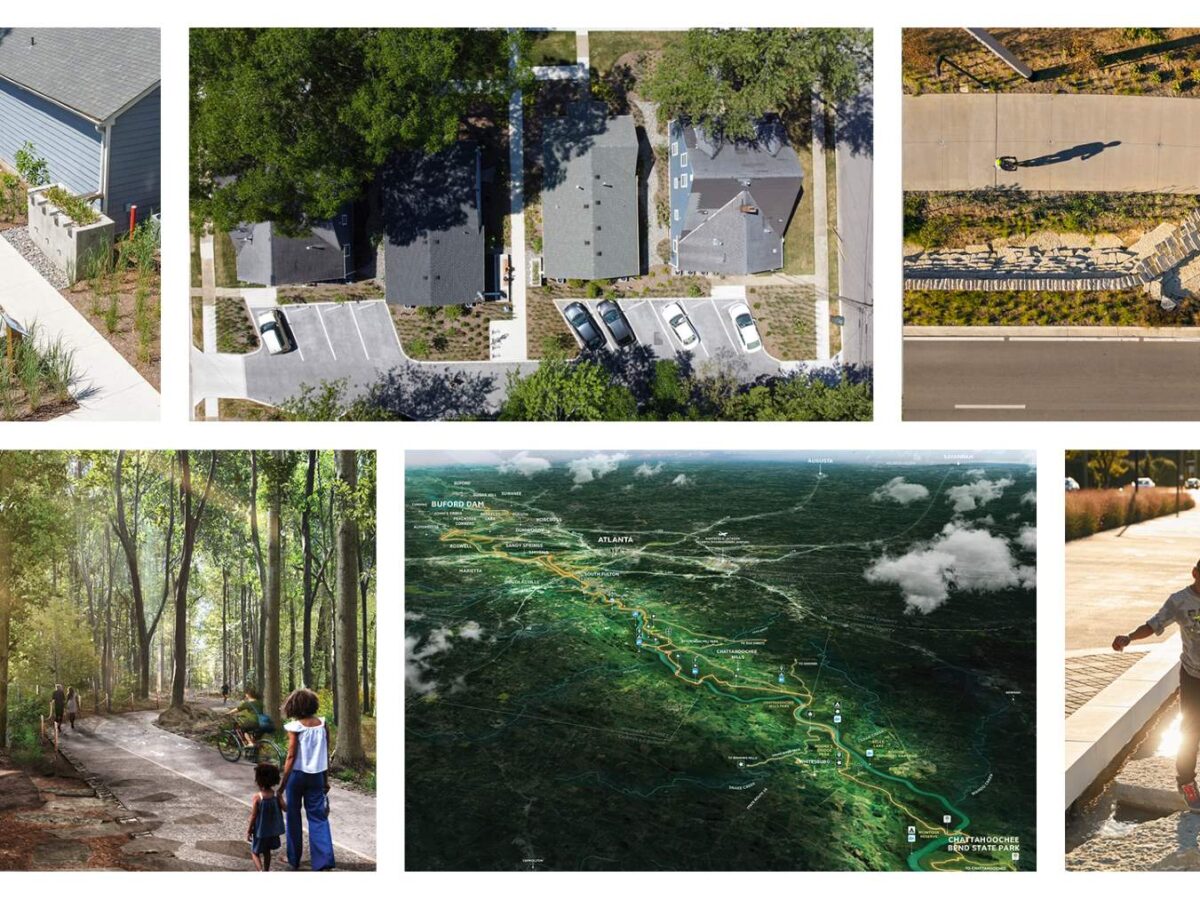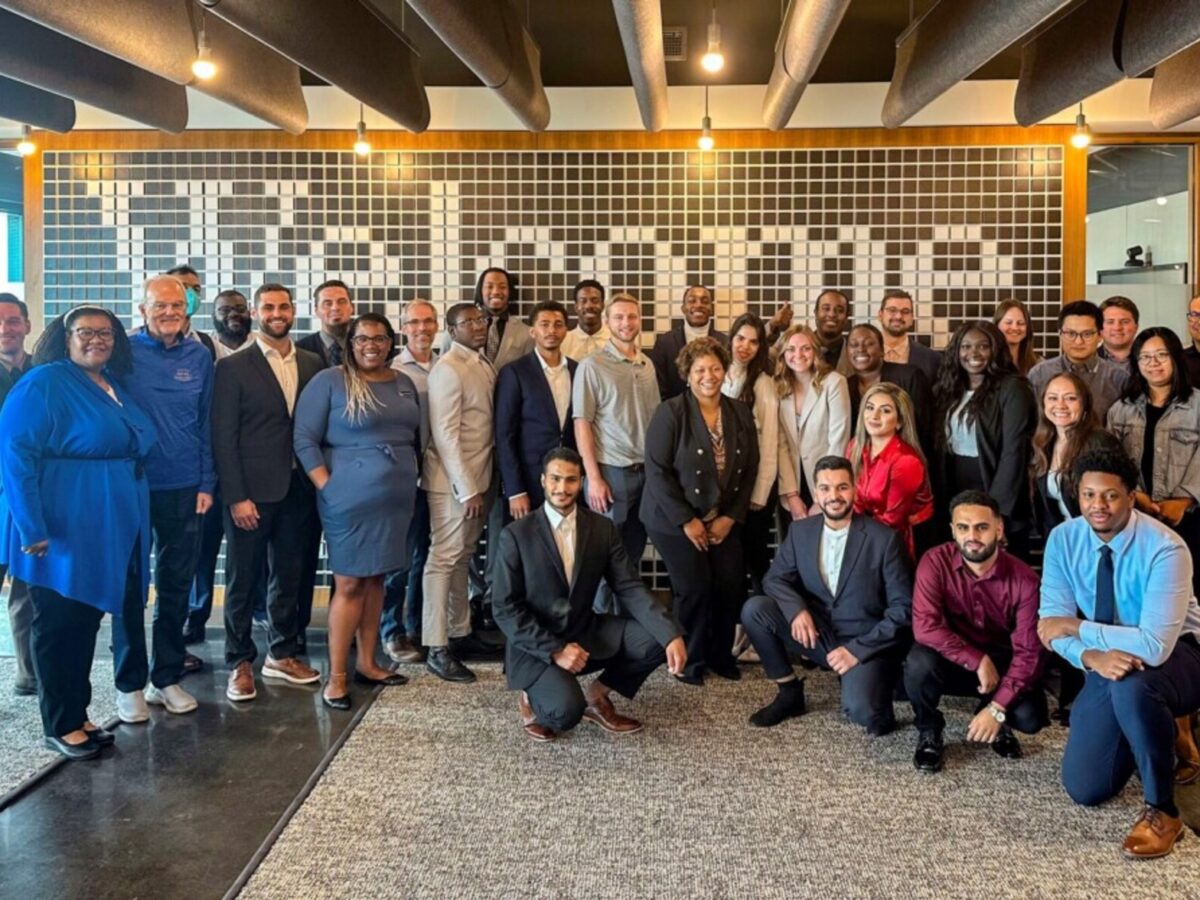In 1915, Carter G. Woodson and Jesse E. Moorland founded what was to become the Association for the Study of African American Life and History (ASALH), an organization that promoted studying Black history and celebrating the accomplishments of African Americans. Their efforts set the foundation for what is known today as Black History Month, observed each February.
Over 100 years later, Woodson and Moorland’s work continues to help promote the achievements of Black Americans, especially within the design community. This year, the Black Landscape Architecture Network (BlackLAN) launched the Black Landscape Symposium, an inaugural event and fundraiser to highlight the important contributions of Black-identifying landscape architecture students, faculty and practitioners. The works, research and designers highlighted provided a glimpse into why Black History Month was necessary to begin with—the amount of unknown, unrecognized, and purposefully erased and/or altered Black cultural landscapes and history is astounding.
Urban morphology: The study of the formation of human settlements and the process of their formation and transformation
As landscape architects and urban planners, we are only beginning to scratch the surface on understanding and using Black history as an opportunity to not only express a site’s unique attributes, but to also build inclusive and equitable communities. I was taught to research and understand how communities were shaped—a process called urban morphology. However, what wasn’t as clear is that charting physical changes in cities over time only tells a fraction of the story. It is just as important, if not more important, to recognize the political and social influences that shape our communities so that we can fully understand what is happening and who is being impacted.
Understanding Urban Renewal
A key example of a political and social influence that shaped Black communities is Urban Renewal— most recognized as the practice of rehabilitating city areas by demolishing dilapidated buildings and replacing them with new housing, businesses, roadways, and parks. Urban renewal is a period that most planners and designers recognize as a destructive force for communities across the country. I’ll admit that I have previously made the mistake of citing the negative physical impacts of urban renewal, as well as other similar policies that resulted in the destruction of Black communities, without also acknowledging those programs’ ties to race and racism. However, we cannot discuss urban renewal without also discussing race.
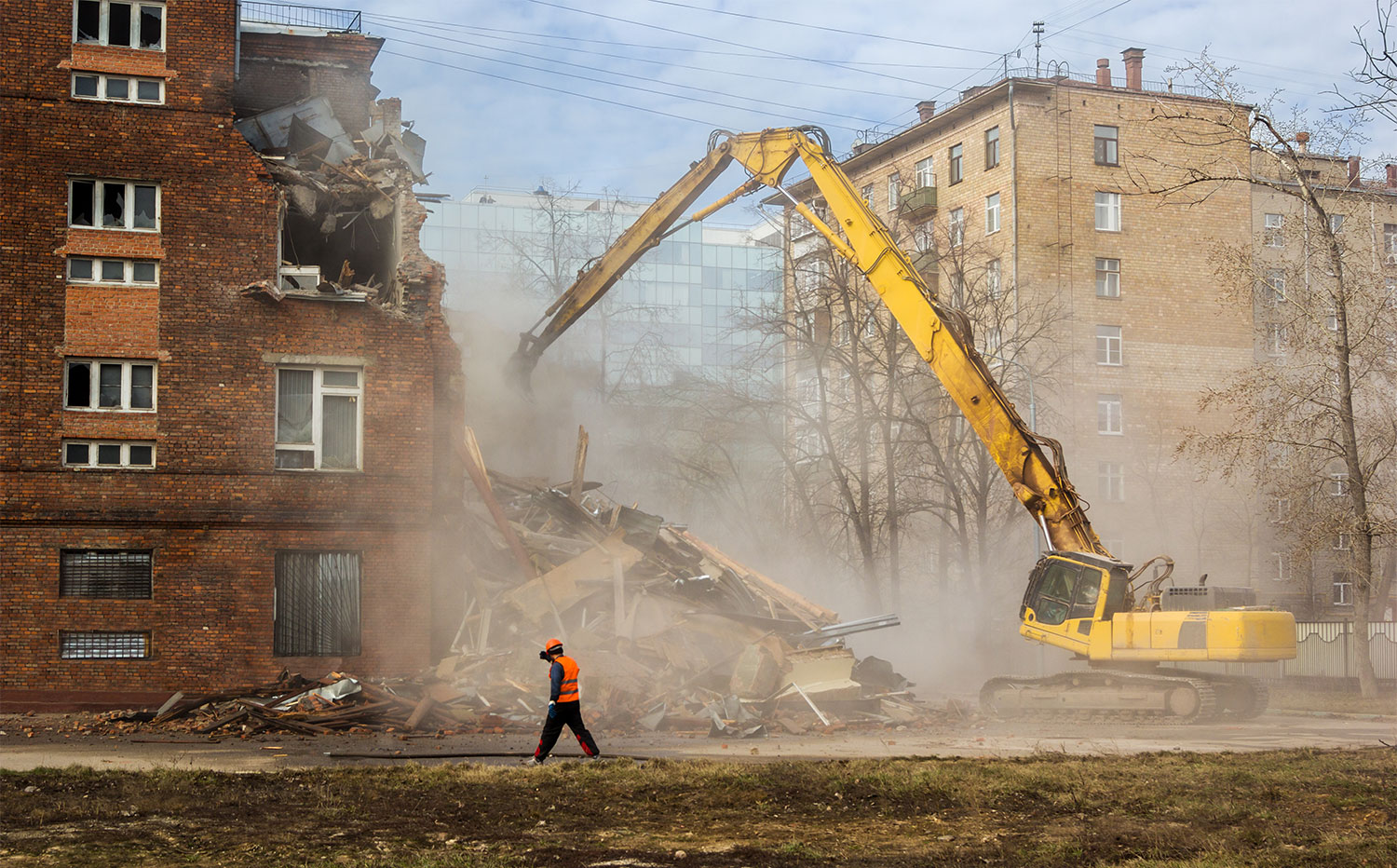
“We cannot discuss urban renewal without also discussing race.”
Urban renewal didn’t impact every community in the same way, and we would be remiss if we did not acknowledge who benefitted and who was negatively impacted. Black and minority communities were central recipients of destructive urban renewal tactics, which were often sold as solutions for stimulating the economy, creating jobs, increasing efficiency, and spurring technological innovation. Literature like Richard Rothstein’s The Color of Law dives deeply into the history of American segregation and how many people, organizations and policymakers played a role in the inequitable landscapes we see in Black communities today.
Black History is More Than People and Places
Last month, Louisville, Kentucky poet, activist, author and blogger Hannah L. Drake challenged others to use Black History Month as a time of reflection. Rather than simply learning more about Black history, Hannah encouraged us to commit to learning about the racist forces, policies and people that made Black History Month necessary in the first place. I accepted Hannah’s challenge, and the more I read and learn, the more I recognize how little I know, and how much room I have to improve and shift the way I work.
“The more I read and learn, the more I recognize how little I know, and how much room I have to improve and shift the way I work.”
With Hannah Drake’s challenge on my mind, my conviction was further confirmed as I listened to last week’s Black Landscape Symposium. I was struck by C.L. Bohannon, Ph.D., ASLA, as he presented his work, “Community Engagement as a Form of Resistance.” Dr. Bohannon made important points about self-evaluation as a designer and understanding what our roles are in the fight against racism and oppression. Dr. Bohannon argued that design practices need to decenter from standard and accepted narratives and work to deeply understand the forces that shape our communities.
As stewards and shapers of vital community infrastructure and public spaces, it is our responsibility to have a deeper understanding of these topics. For me, attending events like the Black Landscape Symposium, learning from organizations like Design as Protest and studying books like Richard Rothstein’s The Color of Law or Matthew Desmond’s Evicted, are resources which have deepened my understanding of the inequities that must be addressed in our work and should be foundational building blocks for becoming a more inclusive designer.
Bringing it to the Built Environment
So how do we take on these challenges in the built environment and how could these disruptions manifest in the landscape? I start by looking back at my own experiences and travels. When confronted with the atrocities of racism and slavery, I often find myself revisiting my time in Berlin, Germany, a city that deeply expresses the horrendous acts of the Holocaust within its public landscapes. From massive installations like the Memorial to the Murdered Jews of Europe designed by Architect Peter Eisenman, to more subtle demonstrations like the Book Burning Memorial in Bebelplatz, or the tracing of the Berlin Wall in paving stones, Berlin’s tortured history is evident everywhere. Berlin is able to be both a beautiful city with lovely neighborhoods, parks and landscapes, while also expressing an authentic, rich and jarring history that leaves an important and lifelong impression.
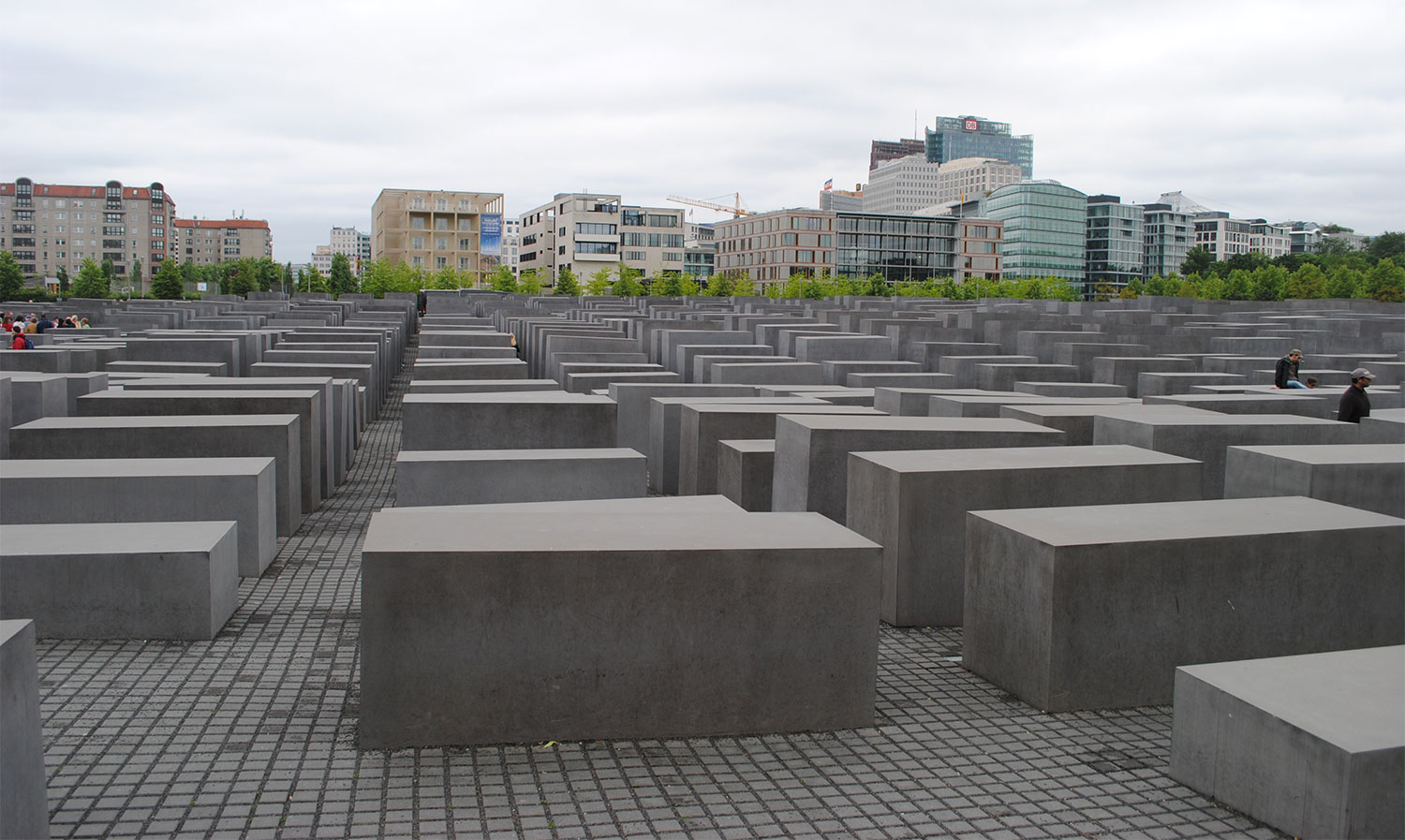
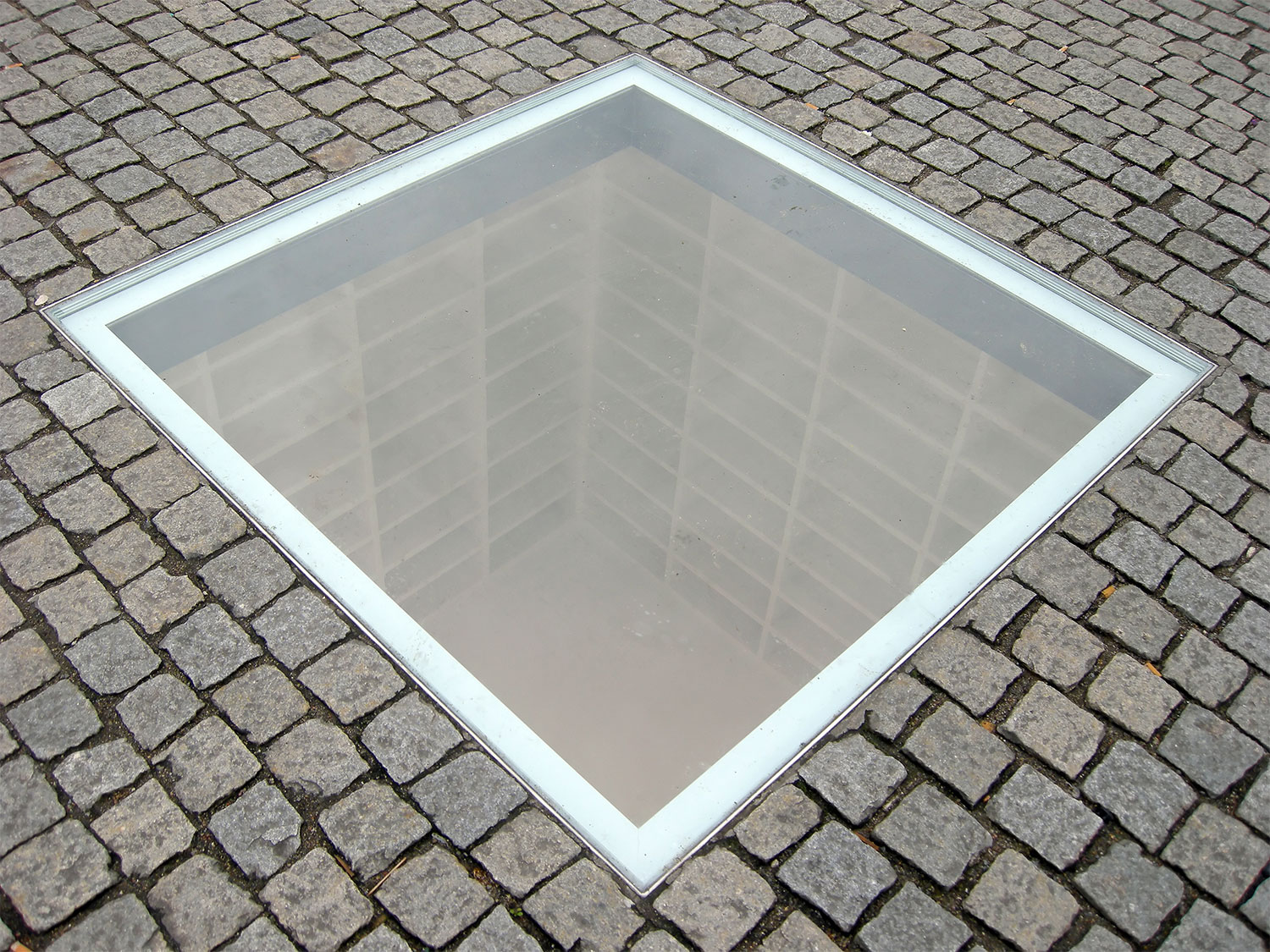
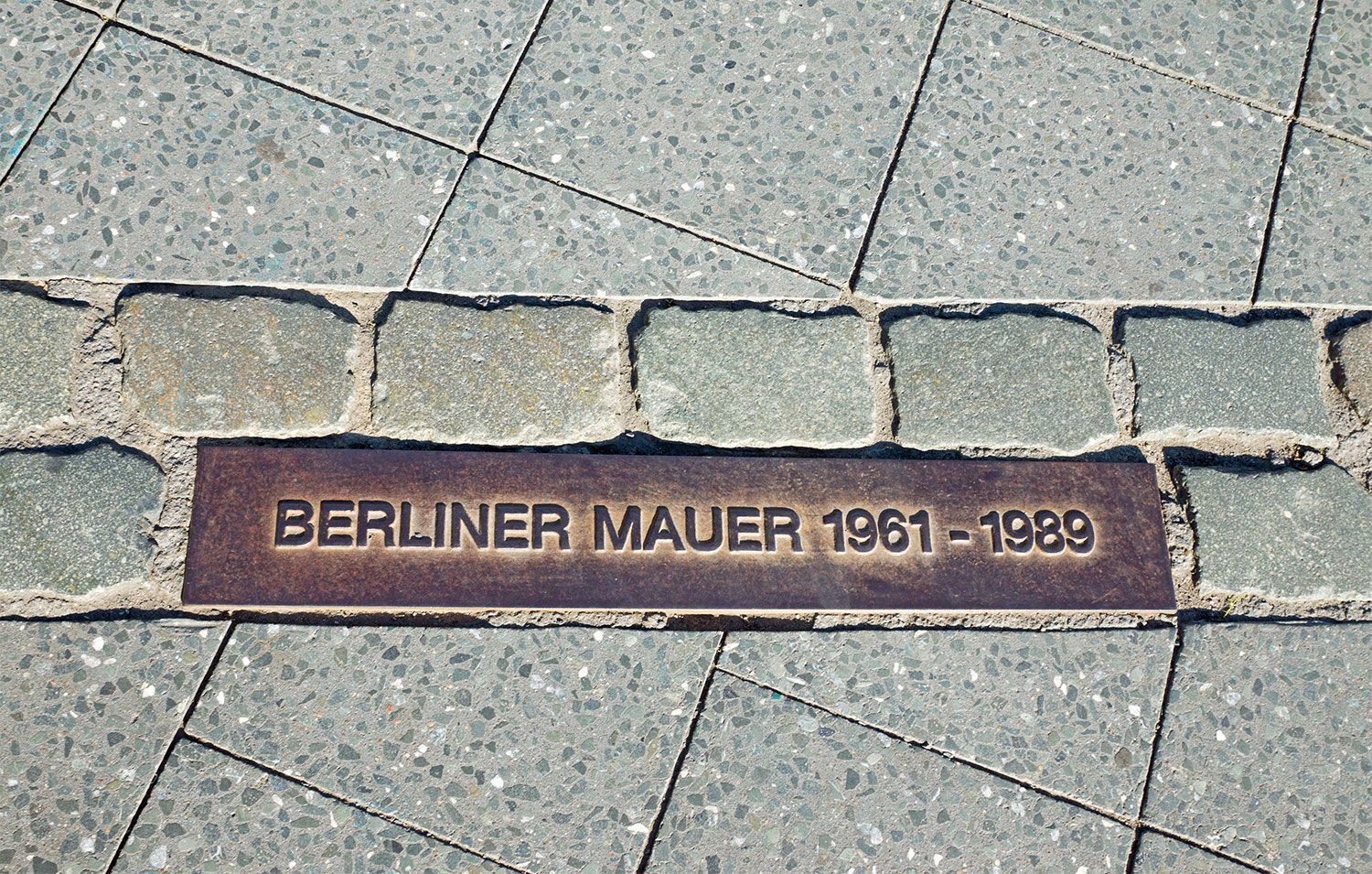
Similar expressions are beginning to appear in the United States. For example, the National Memorial for Peace and Justice, which opened in 2018 in Montgomery, Alabama, refers to itself as “the nation’s first memorial dedicated to the legacy of enslaved Black people, people terrorized by lynching, African Americans humiliated by racial segregation and Jim Crow, and people of color burned with contemporary presumptions of guilt and police violence.”
But, for each of these efforts there are many, many more sites and stories that go unrecognized. In my hometown of Louisville, Kentucky, at the intersection of Second and Main Street, and what could be called the epicenter of tourism, sits an understated, and often missed, historical marker that calls attention to Louisville’s role as a slave export city due to its location on the Ohio River. To me, the fact that a historic landscape where thousands of enslaved people were held in shackles and shipped to be tortured—and worse—is now a dilapidated surface parking lot across the street from our city’s largest tourist attractions, restaurants and hotels is disheartening, shocking, and frustrating – especially when I put myself in the shoes of my Black neighbors, friends and co-workers.
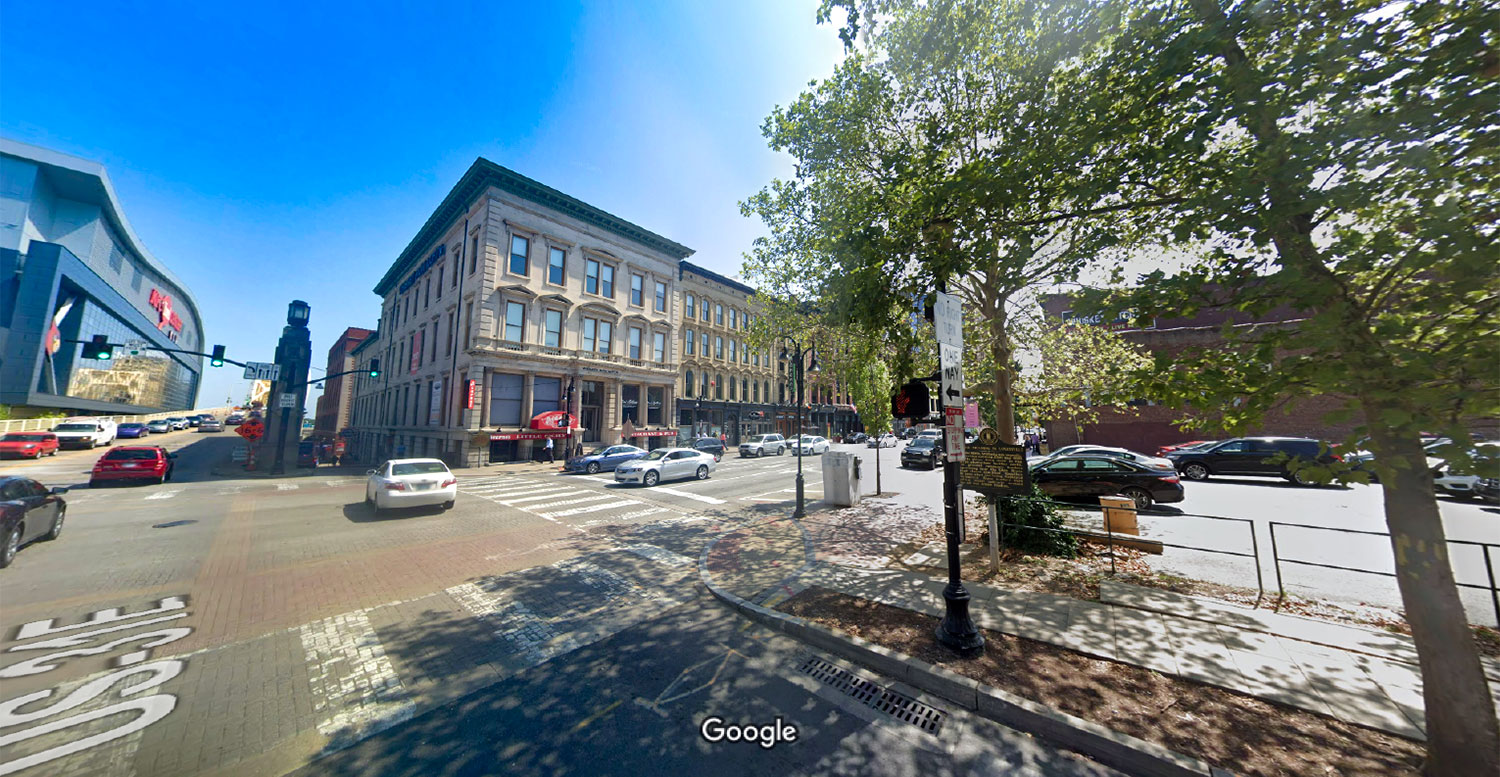
As Dr. Bohannan and Landscape Designer Andrew Sargeant closed their session during the most recent Black Landscape Symposium presentation, they agreed that we should view the issues impacting the Black community in America as issues that impact all of us, and it is going to take all of us working together to address them. In my opinion, this is where Dr. Bohannan’s call for disruption, and Hannah Drake’s challenge to acknowledge and contest racism in our communities, intersect.
Where do we Begin?
If you are like me, you may be fearful of acknowledging our role as designers in a profession and system that has resulted in such inequality. However, if we don’t acknowledge our role, we won’t be able to alter our processes and approach to achieve the inclusive and equitable outcomes we say we want.
“This is certainly a challenge in private practice and often requires going well beyond the scope of what a client has requested… But, this challenge is also our opportunity to be a positive disruption—to shine a light on systemic issues and work diligently to chart a different course.”
After acknowledgment of these systems comes a commitment to continuous education and intentionally broadening our professional and personal networks to learn about the experiences from those who are often left out of design processes. As my friend and collaborator Jeana Dunlap once told me, “It is like laundry, you can’t do it just once.” This is certainly a challenge in private practice and often requires going well beyond the scope of what a client has requested—and even then, it’s difficult to go as far as I would argue we should. But, this challenge is also our opportunity to be a positive disruption—to shine a light on systemic issues and work diligently to chart a different course. It might be in small ways, but doing this research to gain a deeper understanding of the community shaping forces at play and making these community connections results in deeper learning, better outcomes that address root cause issues and create more inclusive communities.
Stay tuned for my second post in this series, where I will explore how Gresham Smith’s studio and collaborators are working to honor Black history in various landscapes.


